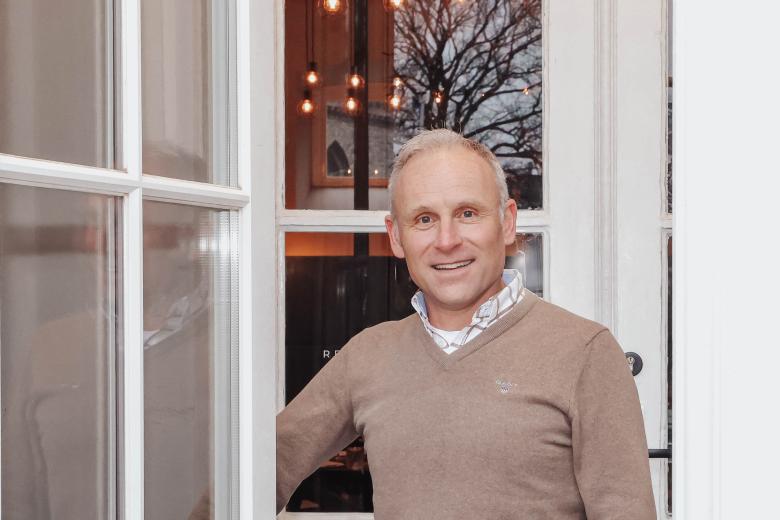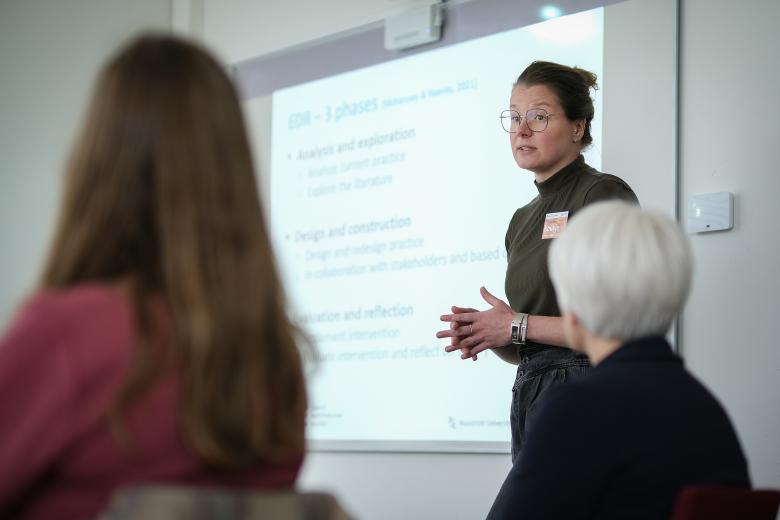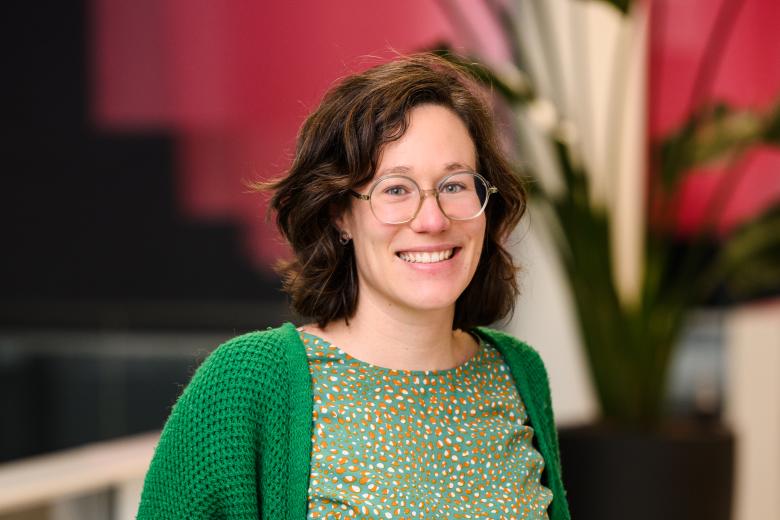Bioprinting kidney models in the lab
More than 3.000 people work at the Faculty of Health, Medicine and Life Sciences. Some are investigating organ blood flow in heart surgery, others work on reducing waste in the operating room. In 'Nice to meet you', these individuals introduce themselves and share their work within FHML.
Assistant professor Carlos Mota has been working at MERLN since its inception in 2014. He is currently working on NEPHRON, a research project which aims to develop new in vitro models to study kidney diseases. For this project, he received the ERC Consolidator Grant. “I hope to be able to answer some questions and envision future steps towards kidney bioprinting.”
Carlos is from Portugal, where he studied engineering at the University of Aveiro and Polytechnical Institute of Leiria. After his studies, he did his PhD at the University of Pisa in Italy. “I was always very excited about science and projects that other professors were doing,” he says. “During the last six months of my PhD, I did an internship at the University of Twente. Later on, some of these professors from Twente founded the MERLN Institute in Maastricht. We did not have bioprinting at that time in Twente and we had the opportunity to do this in Maastricht, as there was regional funding to create the new research institute and research lines. They offered me a job, so I have been here since the inception of MERLN in 2014. I have been able to substantially expand the research around bioprinting with new technologies and project over the last years.”
Kidney bioprinting
Carlos worked on different topics in the past, but always something connected to engineering and biology. “During my PhD, I was working on 3D printing technology for bone and cartilage applications,” he says. “When I started working in Maastricht, I focused more on bioprinting. Bioprinting can be used to create tissue engineered implants or in vitro models. I saw there was a lot of potential for diverse applications and tried to identify the niche of tissue I wanted to work in. Therefore, I participated in a couple of conferences. The most inspiring one was organised by a professor at the University of Liverpool. This sparked my interest in the kidney field.”
NEPHRON
His NEPHRON-research focuses on creating a mature in vitro kidney model using advanced bioprinting. “A nephron is the filtration unit of the kidney, and plays the most important role in the organ,” Carlos explains. “Kidneys are composed of millions of nephrons. We use bioprinting to modulate the growth of those nephrons. I have been doing research on this since 2019, when I received a grant from the Dutch Kidney Foundation. Back then, I created kidney organoids from induced pluripotent stem cells. This means you pick mature cells (for example from skin), differentiate them to a pluripotent state, and then differentiate them to the tissue or organ you want. This way, you can create organoids, which are very early development structures which have the same cells as full organs, but are not fully mature and functional. One of the bottlenecks of these organoids is that if you keep them in a culture in vitro, they will stop growing, so you do not end up with a full mature organ. With bioprinting, the expectation is to ultimately be able to print a fully functional organ.”
Treatment
These in vitro models are clinically relevant to study kidney diseases. “If a patient needs specific treatment, we can test those compounds with these models and see if they help revert the disease,” Carlos explains. “This way, there is no need for animal studies. In the future, you could think of having a personalised in vitro model, generated from patient-owned cells, to study their disease and treatment. Future options also include replacement therapy, which requires a full functional organ, or adjuvant therapy, using an adjacent organ which complements what the native organs are already doing. This could be an option for patients who still have some residual function in their kidneys.”
Grant
Carlos decided to apply for the ERC Consolidator Grant. “During the interview you always get mixed feelings,” he laughs. “It is that uncertainty whether you did well or not. Afterwards, I went to Japan for a conference. Due to the time difference, I was asleep when the email about the grant was sent. I woke up to messages from people congratulating me, so I figured I needed to check my inbox. And then I saw I was selected. It was an amazing feeling.”
What does Carlos hope to achieve in his research? “If we can achieve organoids with a later maturation stage, which can be perfused and cultured for a long period of time in vitro, that would already be a very good result,” he says. “A lot is unknown regarding how we can grow this organ, how we can make it function, and if we need to mature it before implantation or not. I hope to be able to answer some questions and envision future steps towards kidney bioprinting.”
Text: Joëlle van Wissen
Also read
-
Jeroen Hendriks: first professor of Nursing Sciences at MUMC+ in a long time
Jeroen Hendriks (CAPHRI) has been Professor of Nursing Science since last year and will deliver his inaugural lecture on 4 December 2025.
-
You’re human too! Making tutorial sessions at UM more inclusive
How can tutors make small-group learning at UM genuinely inclusive? In this article, Boukje Compen highlights small, practical steps tutors can take to help students connect, create a safe learning environment, and learn from each other’s perspectives.
-
Aurélie Carlier receives Athena Award
Aurélie Carlier receives the Athena Award. This award is for exceptional female researchers who are role models through their successful scientific careers.